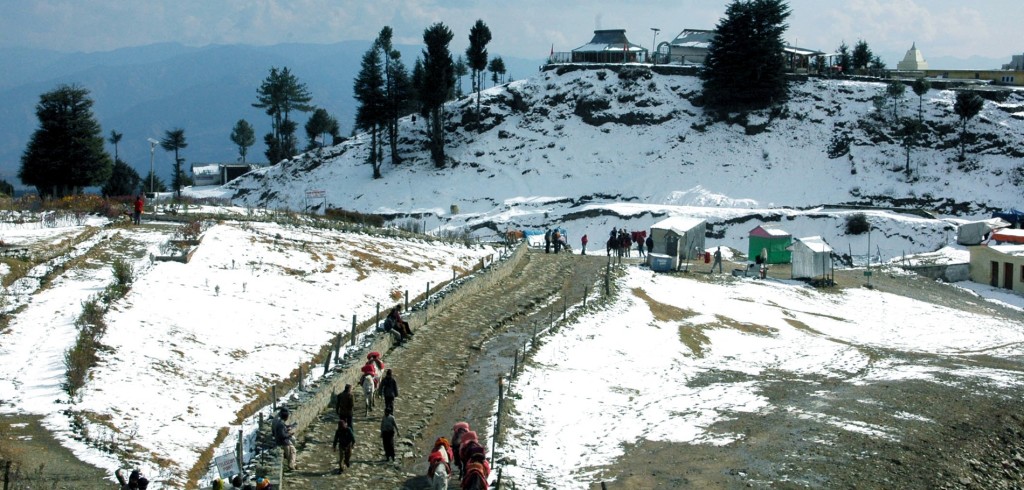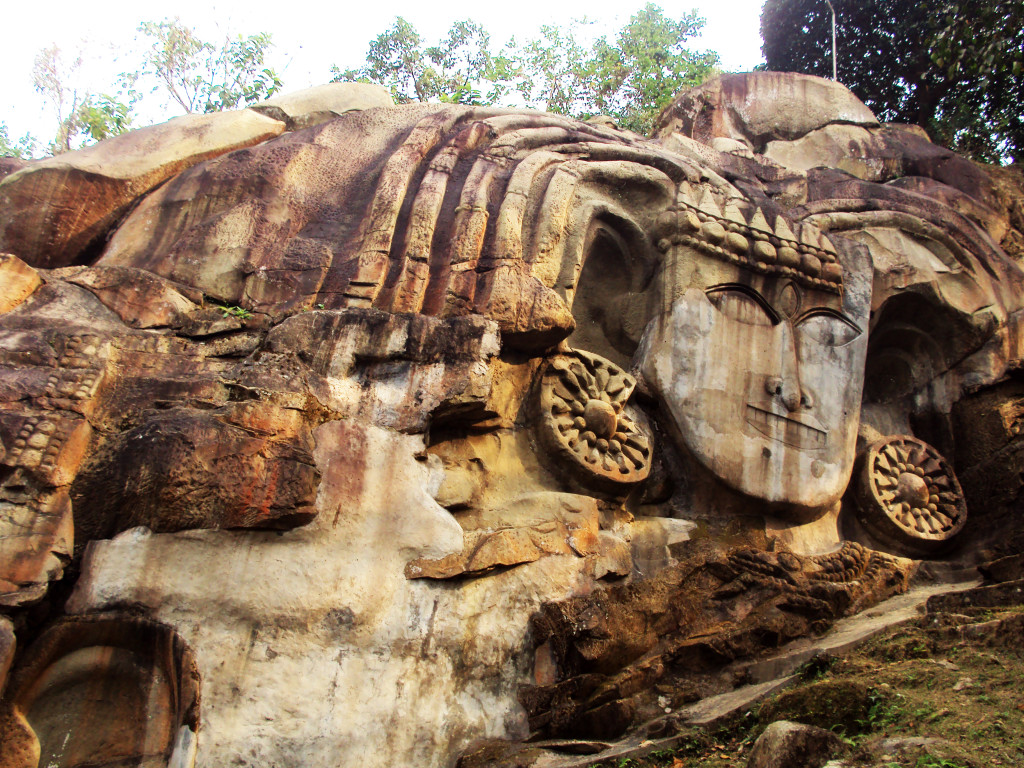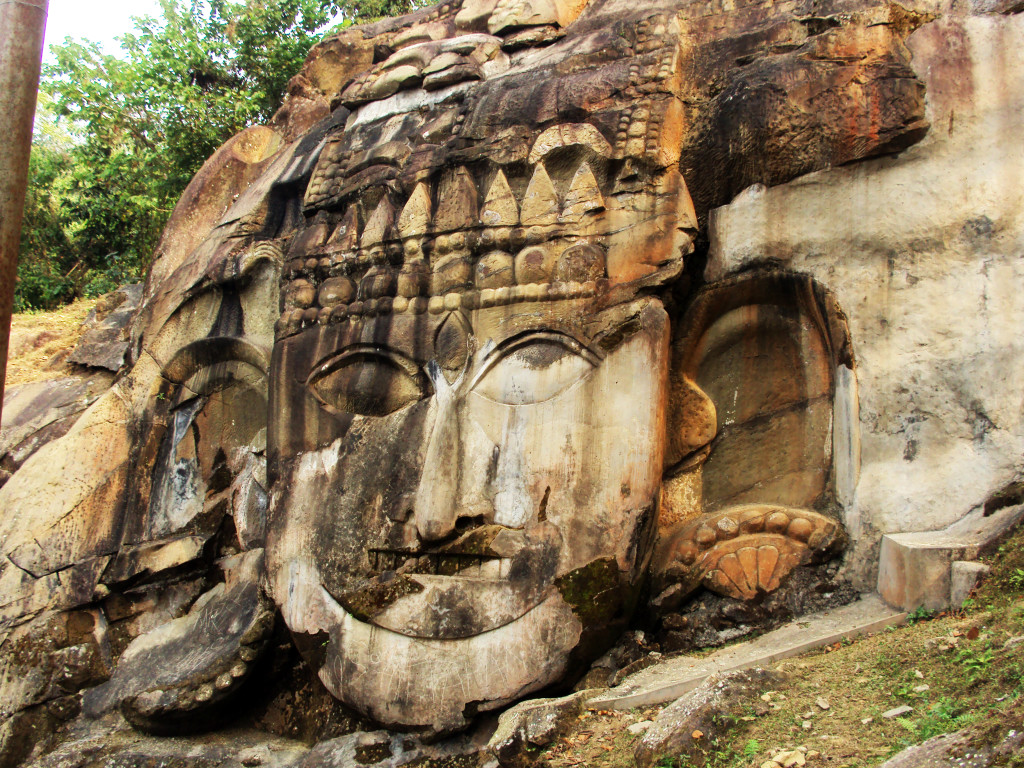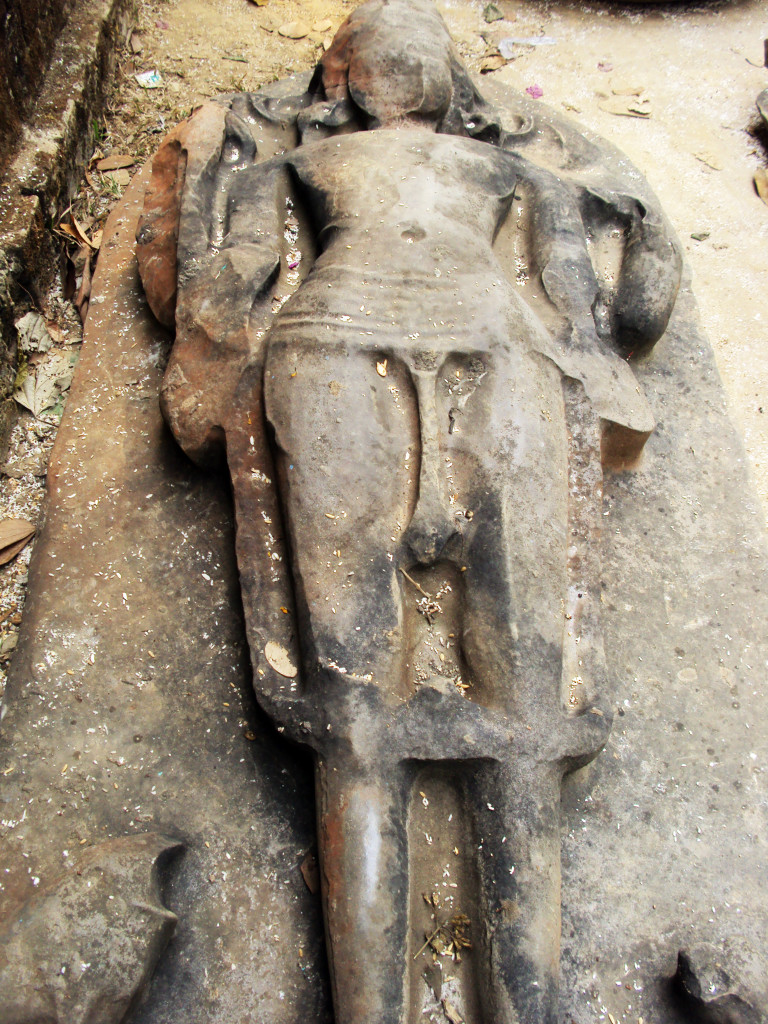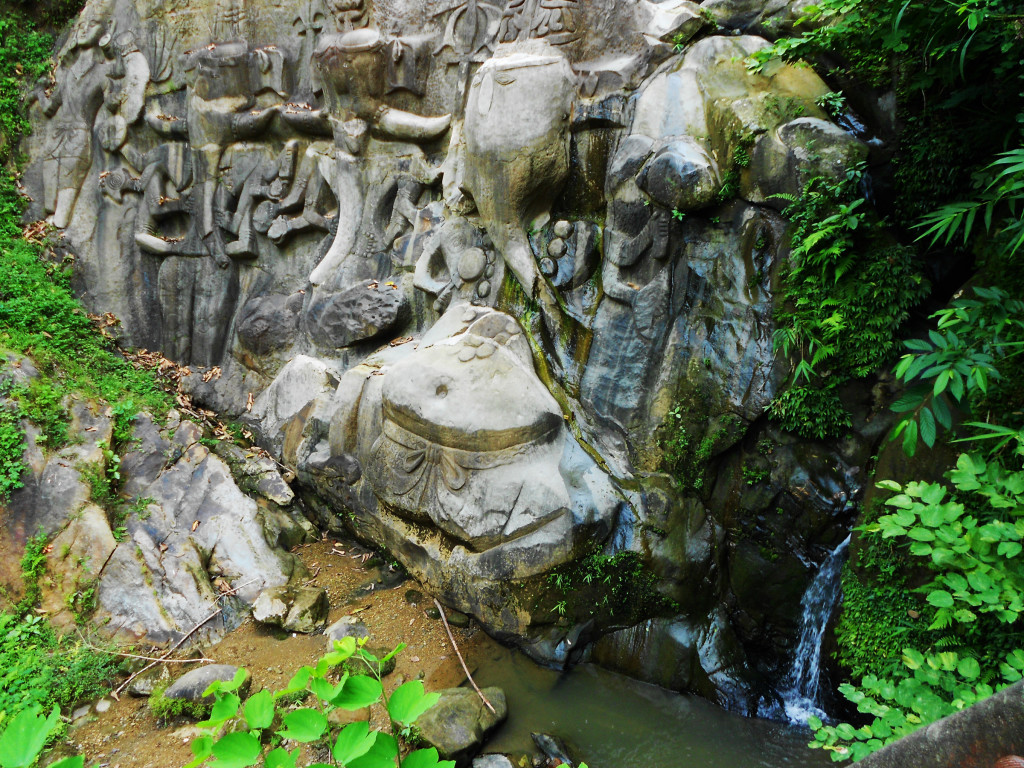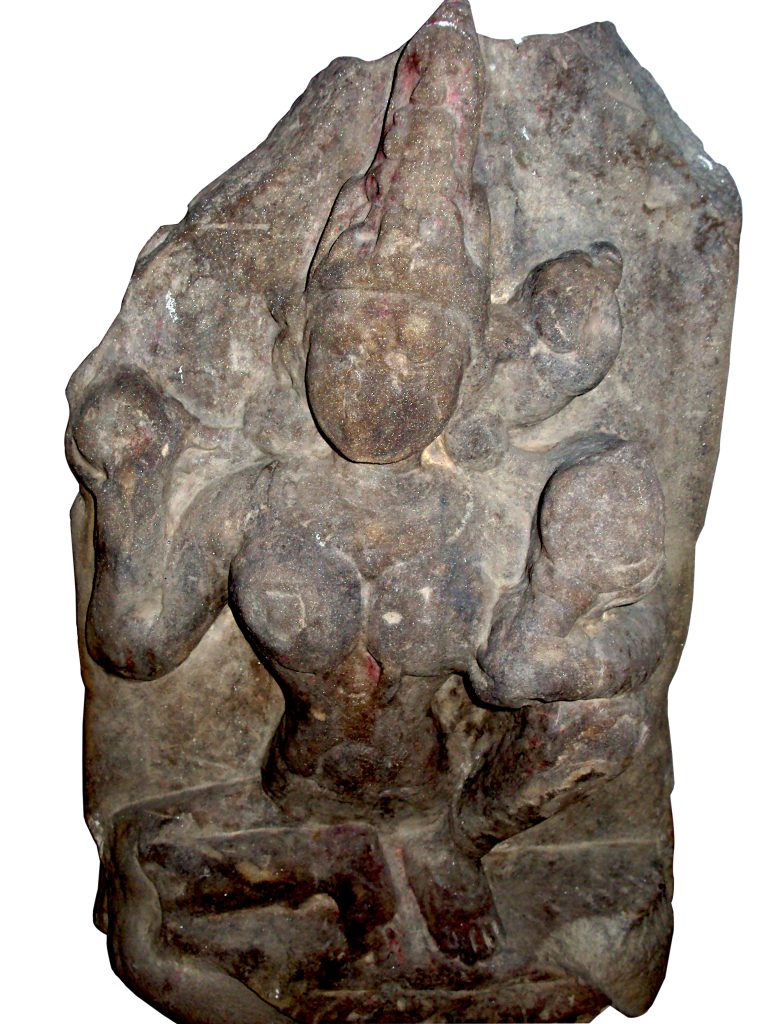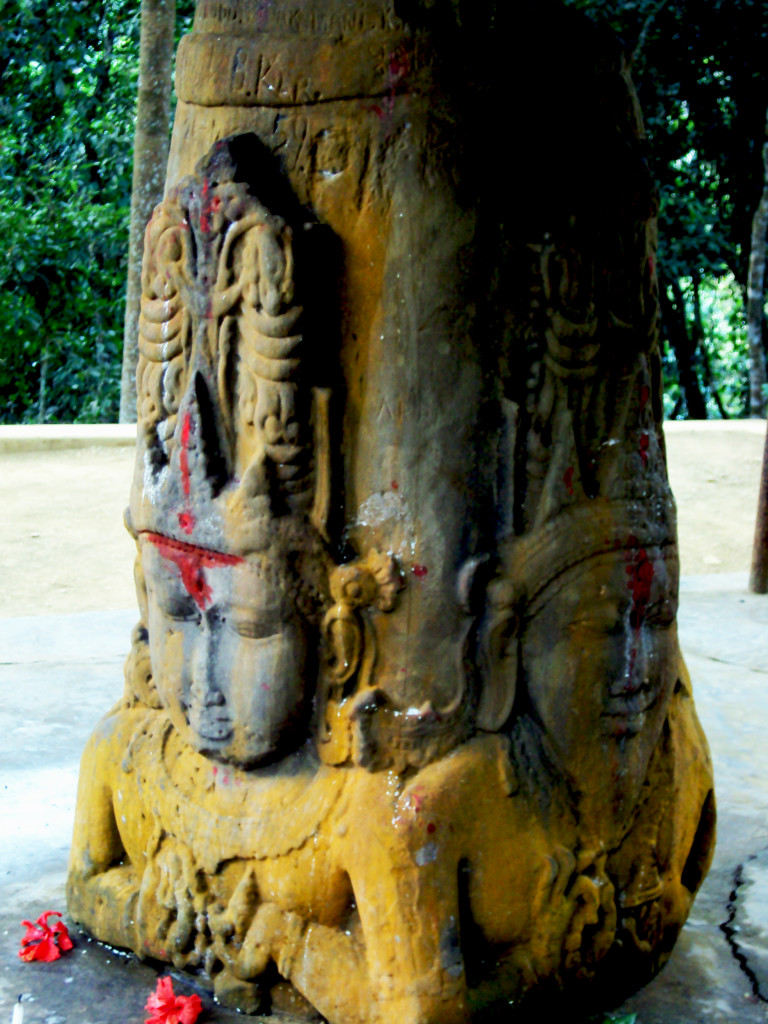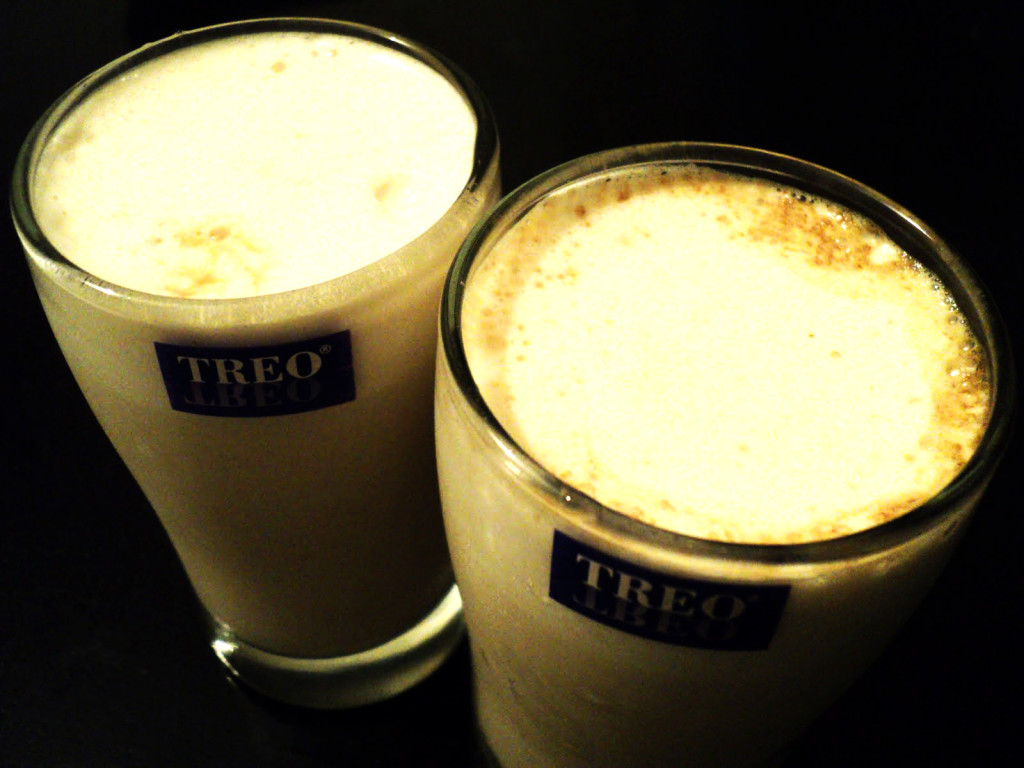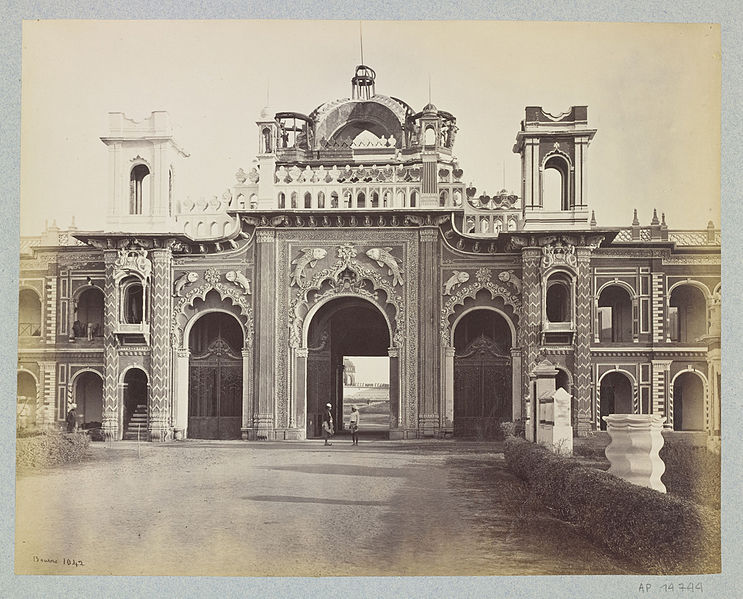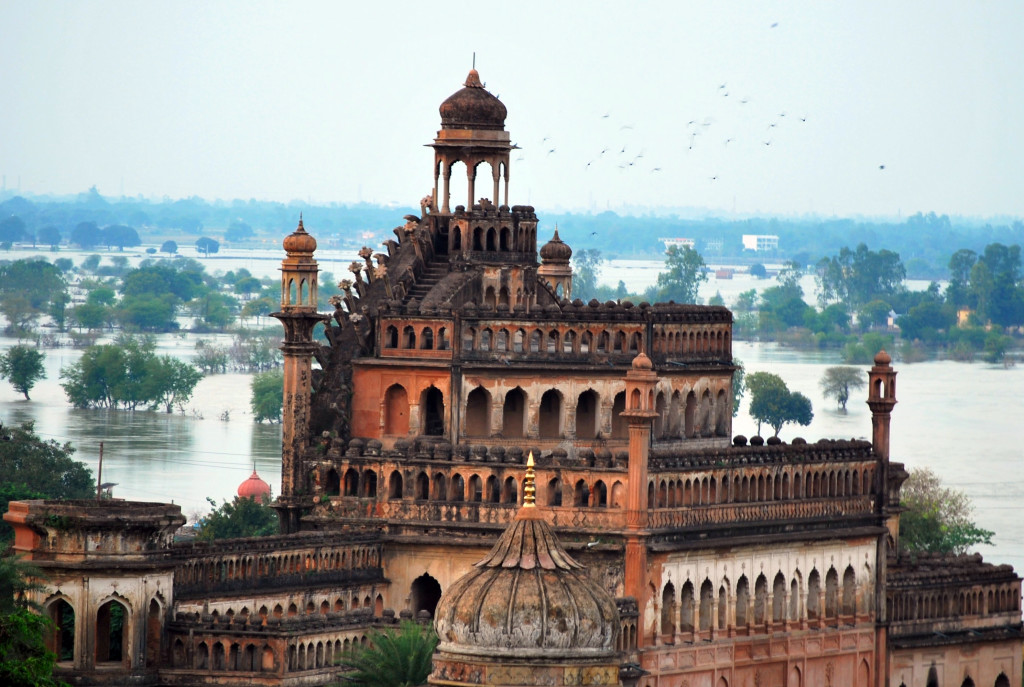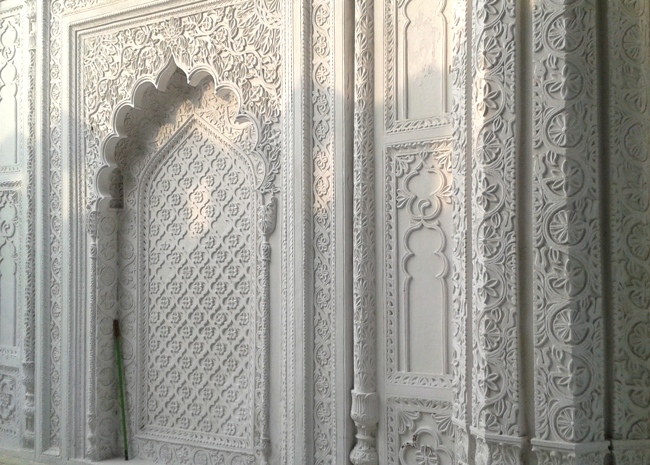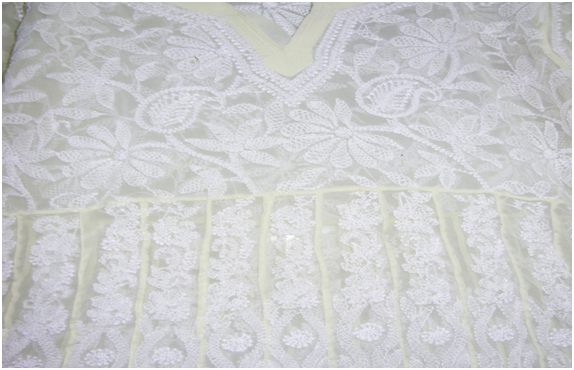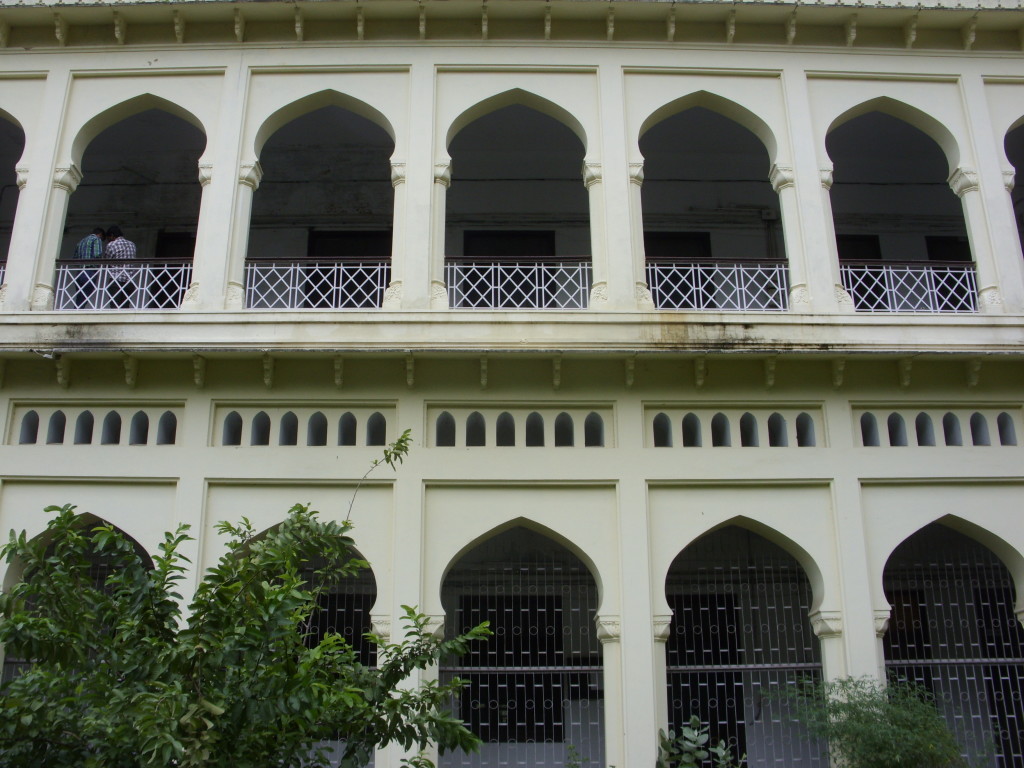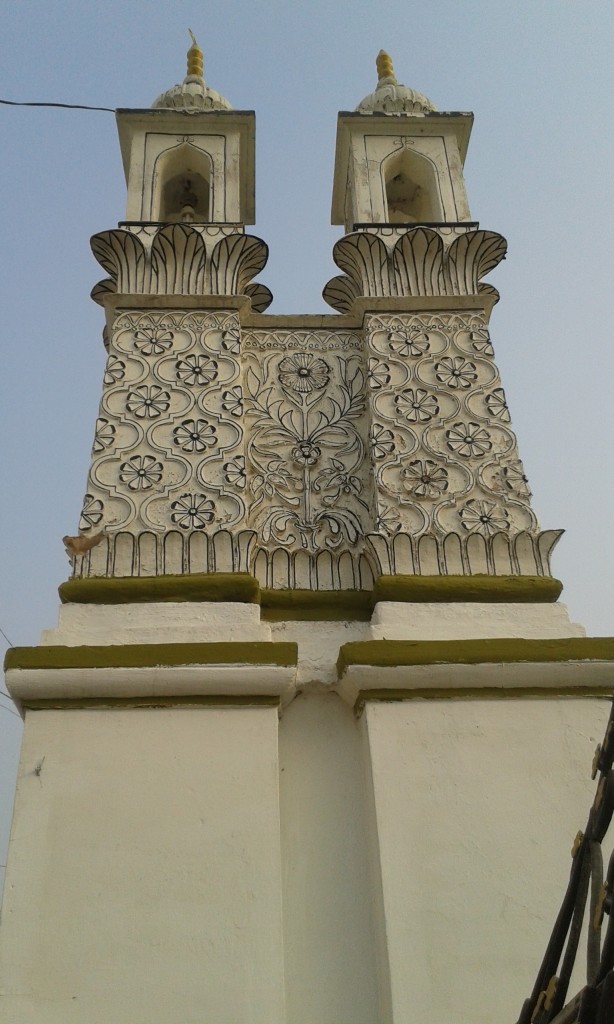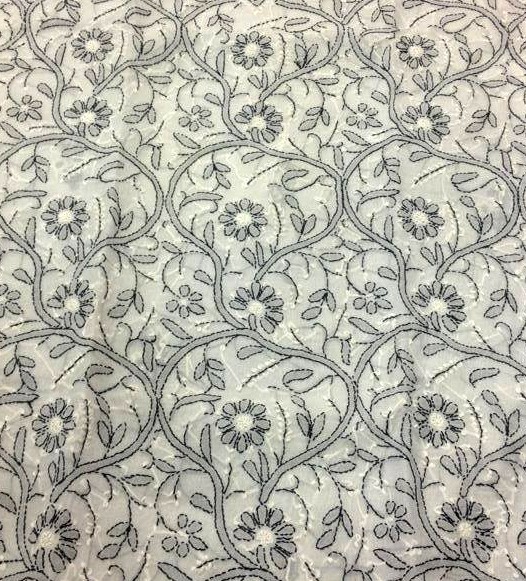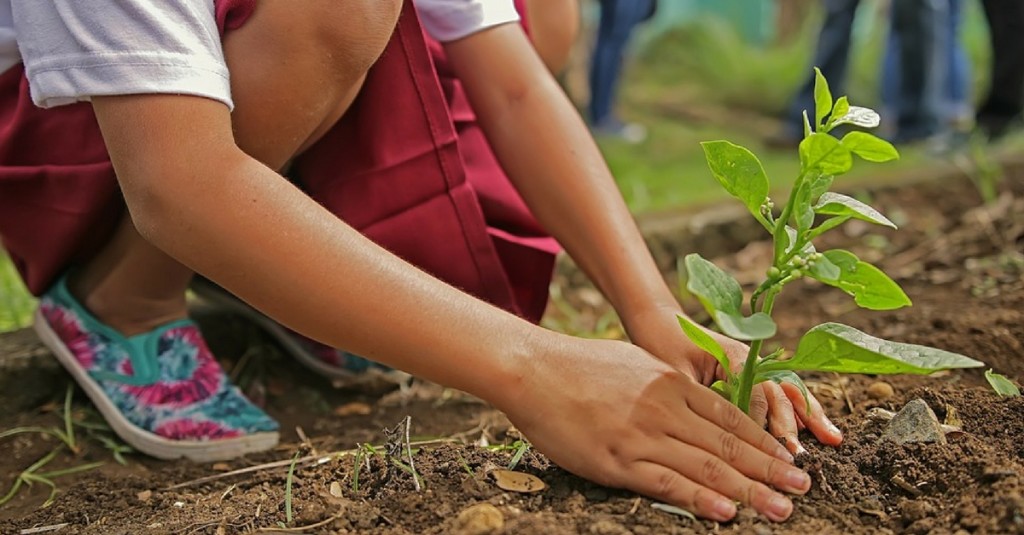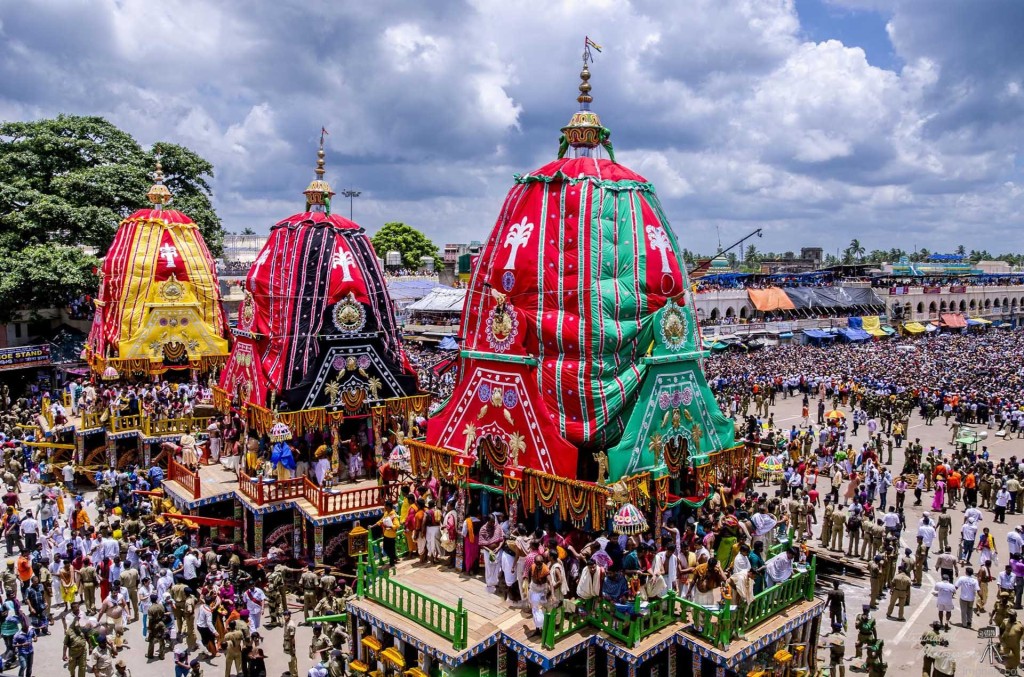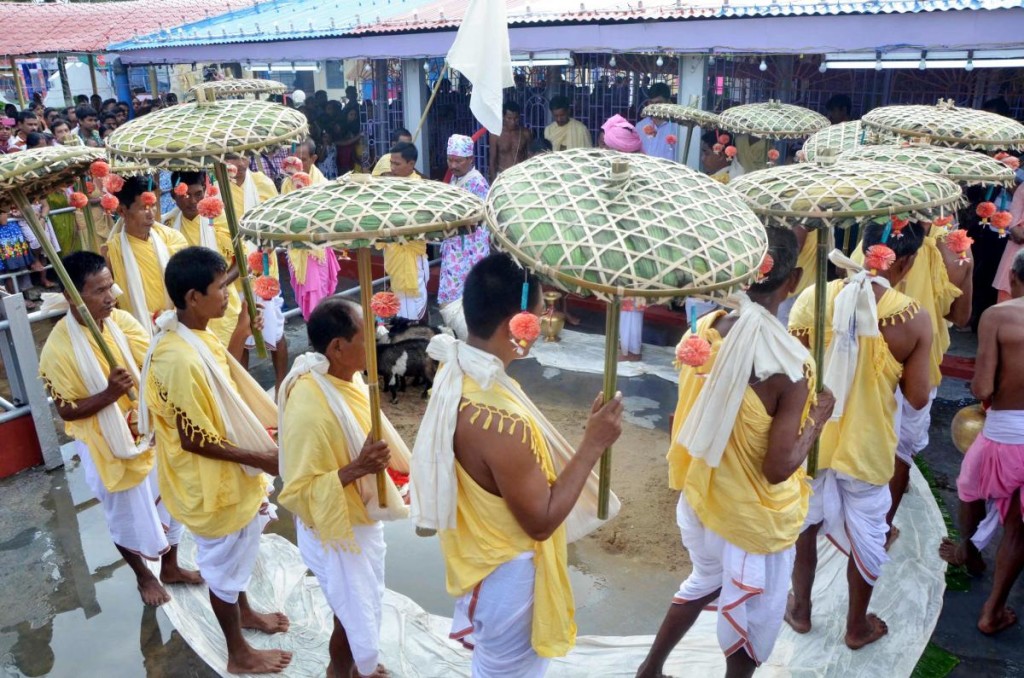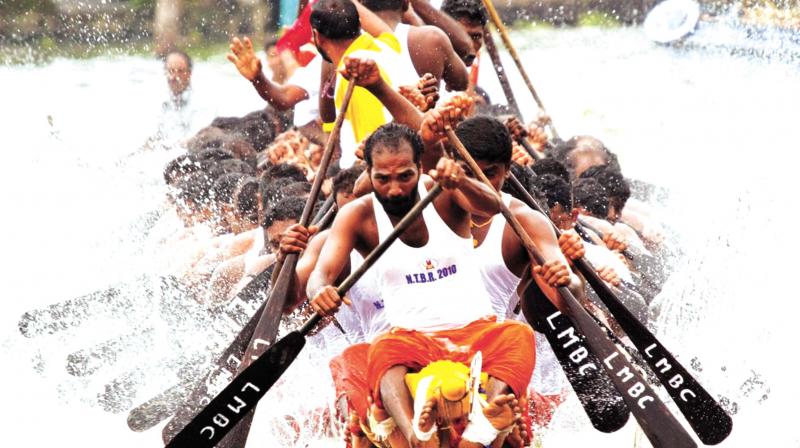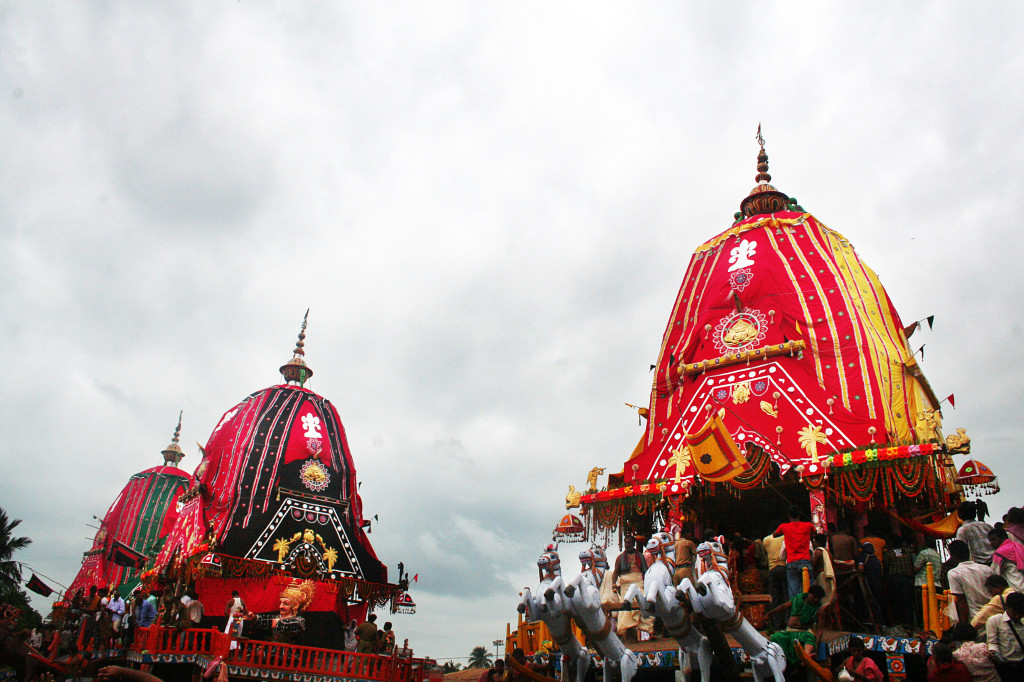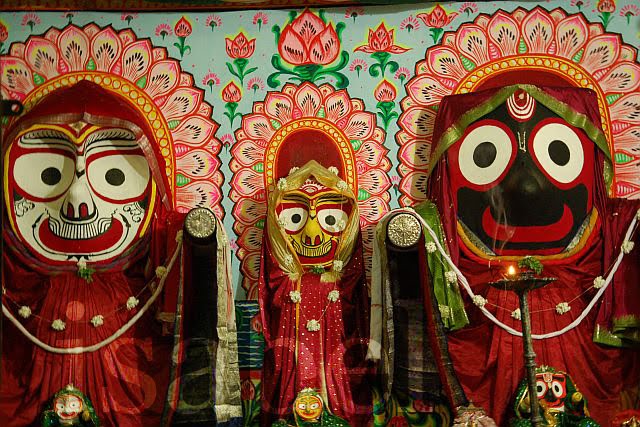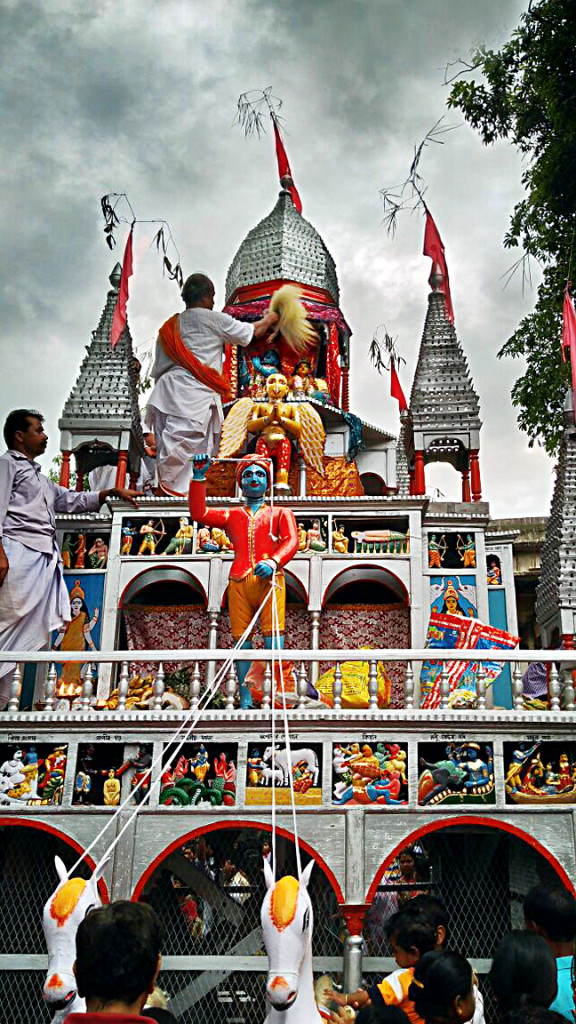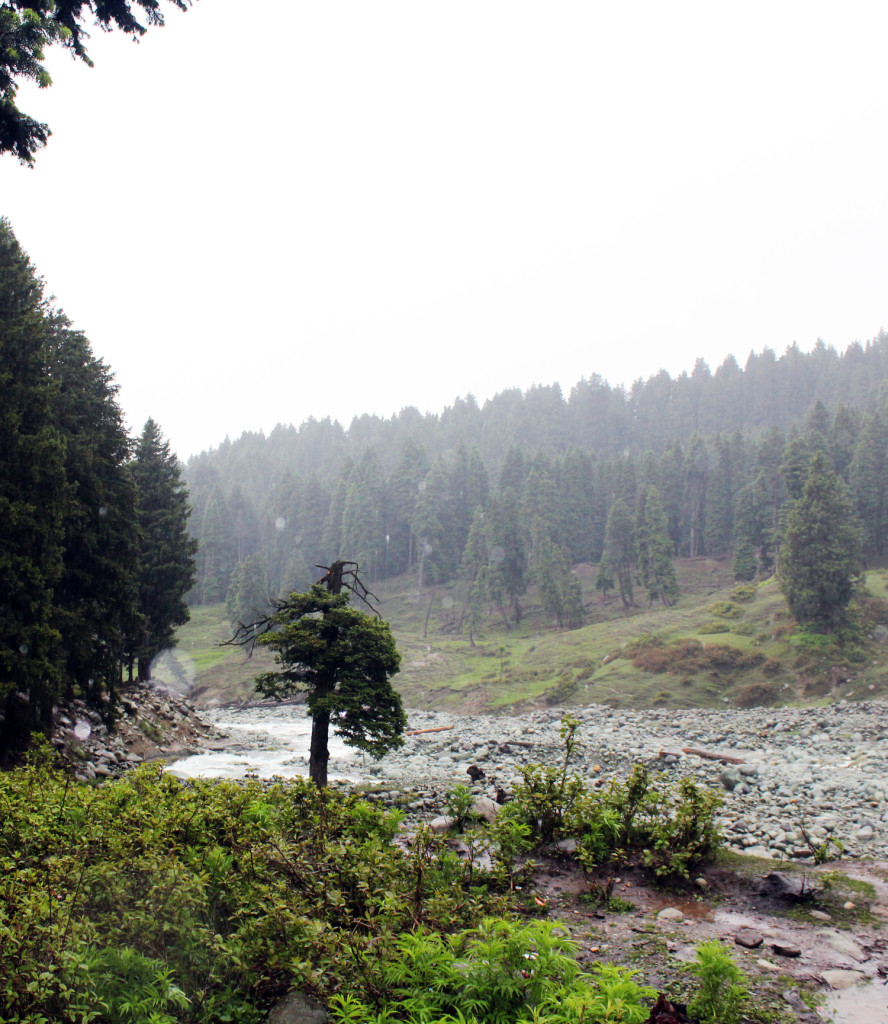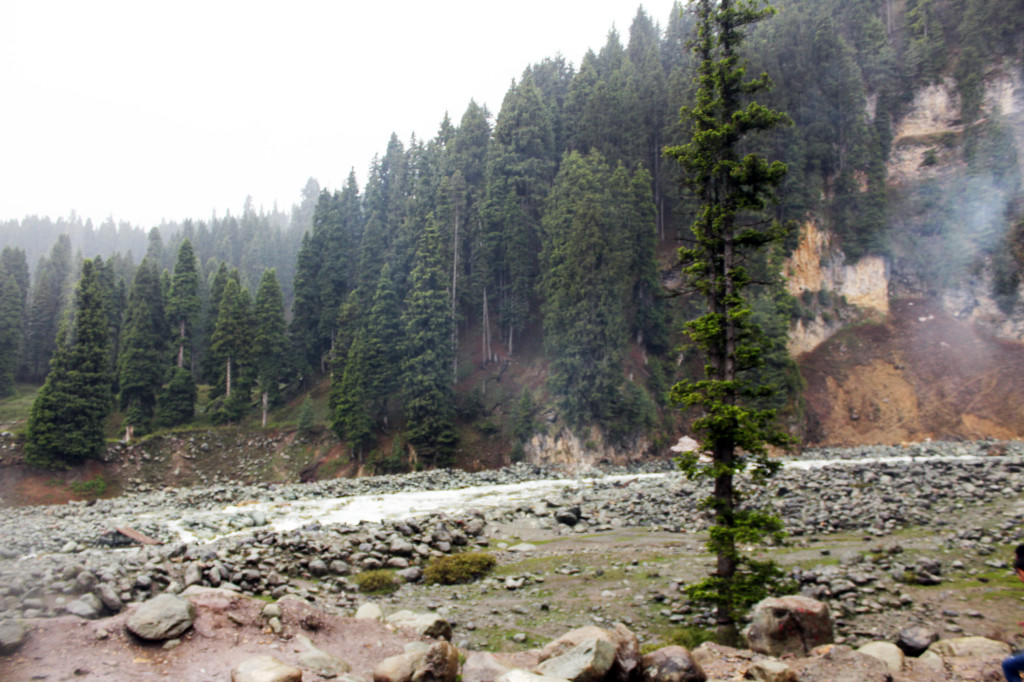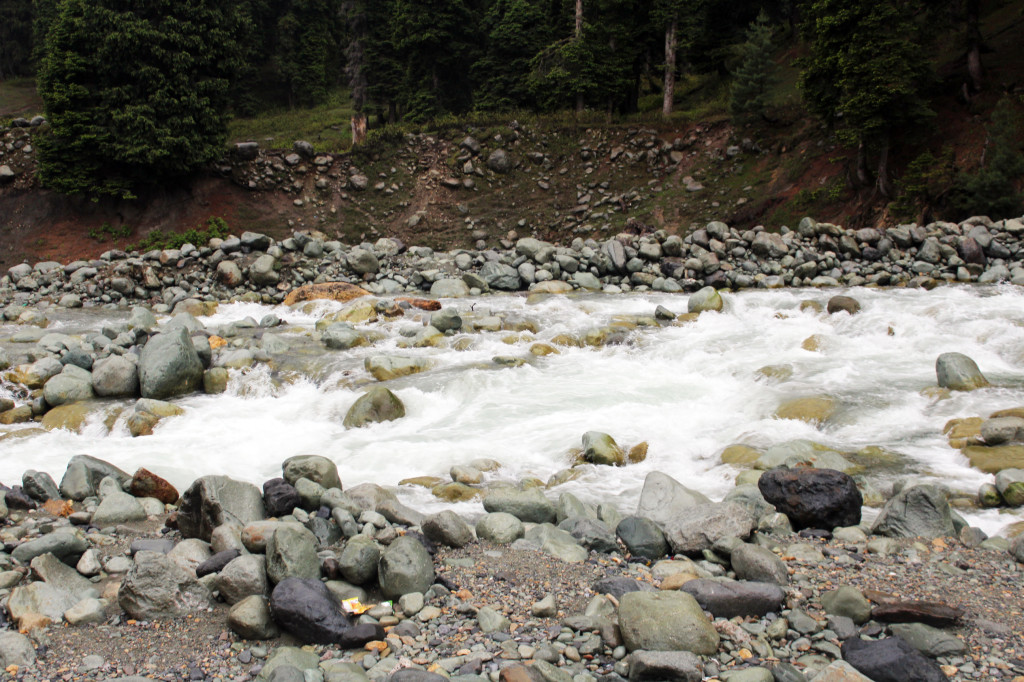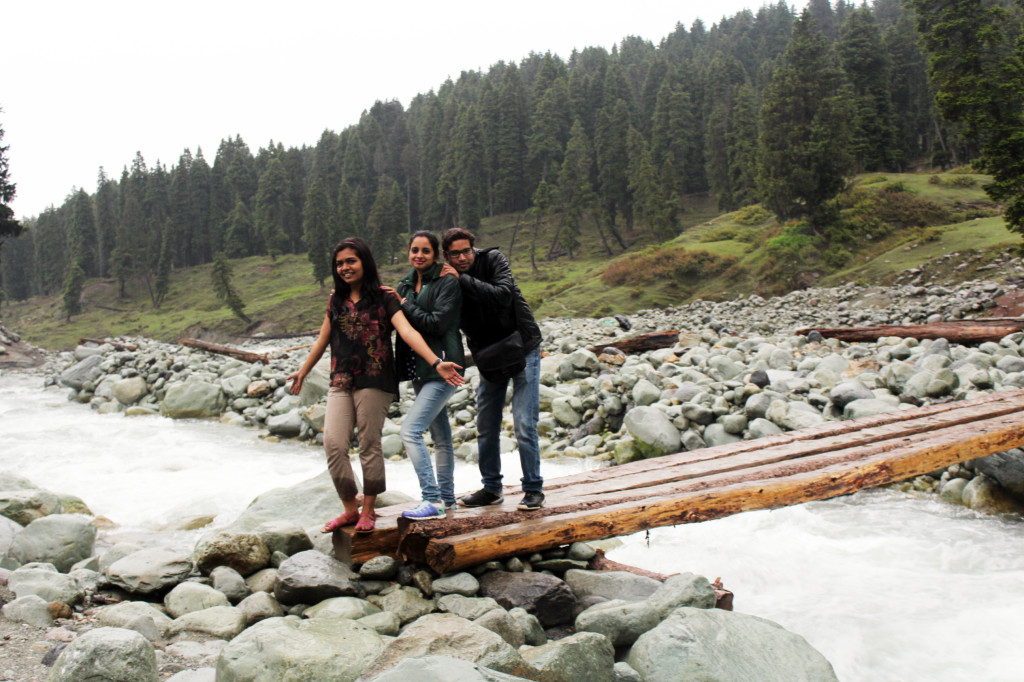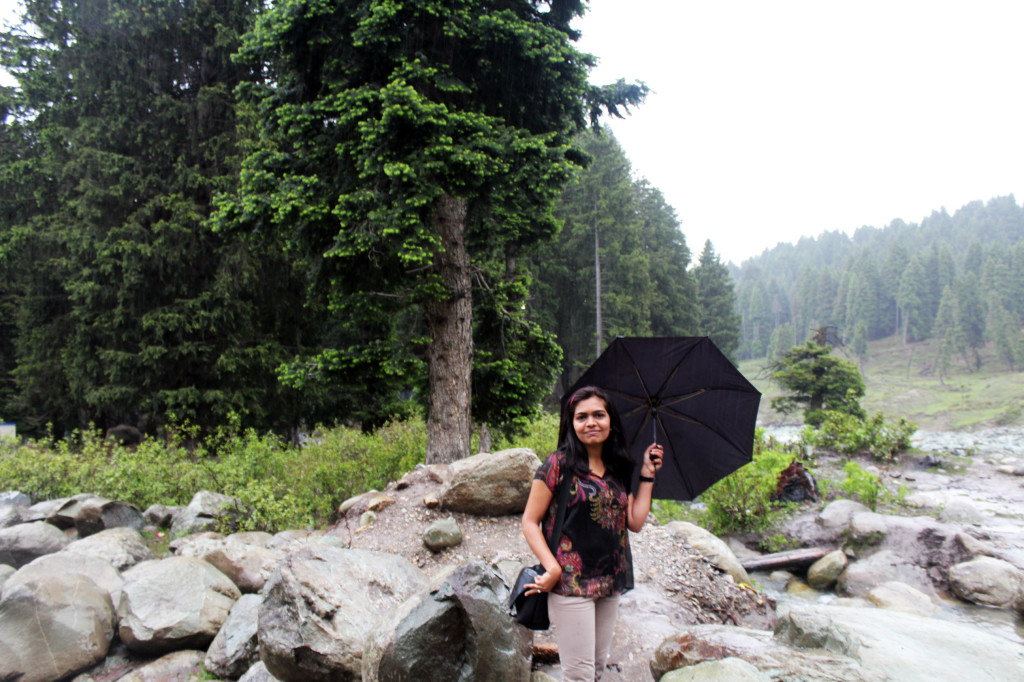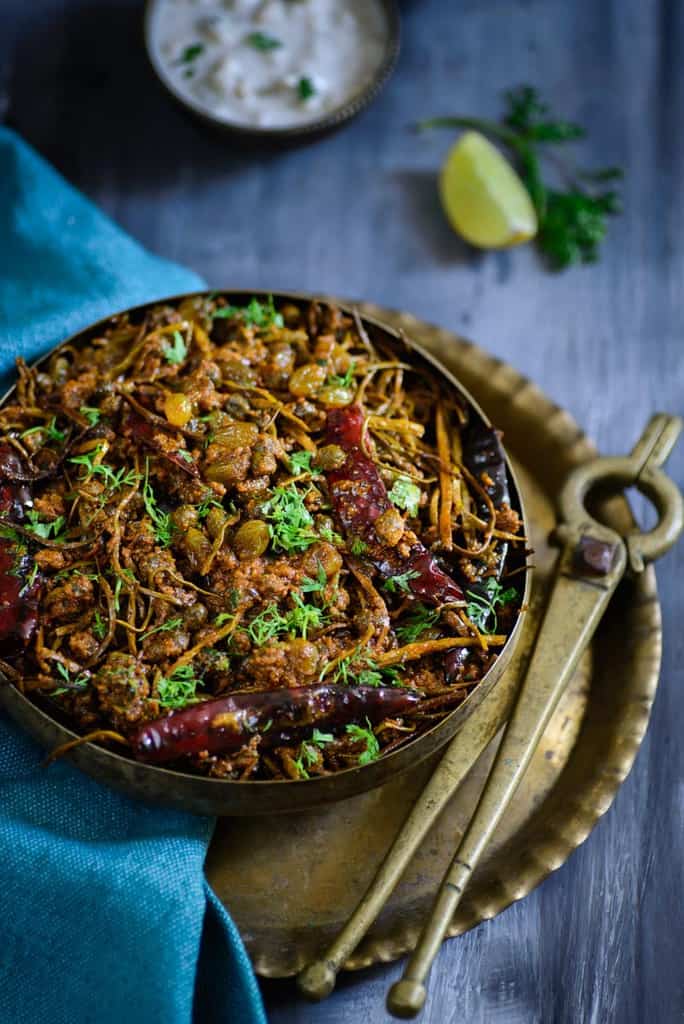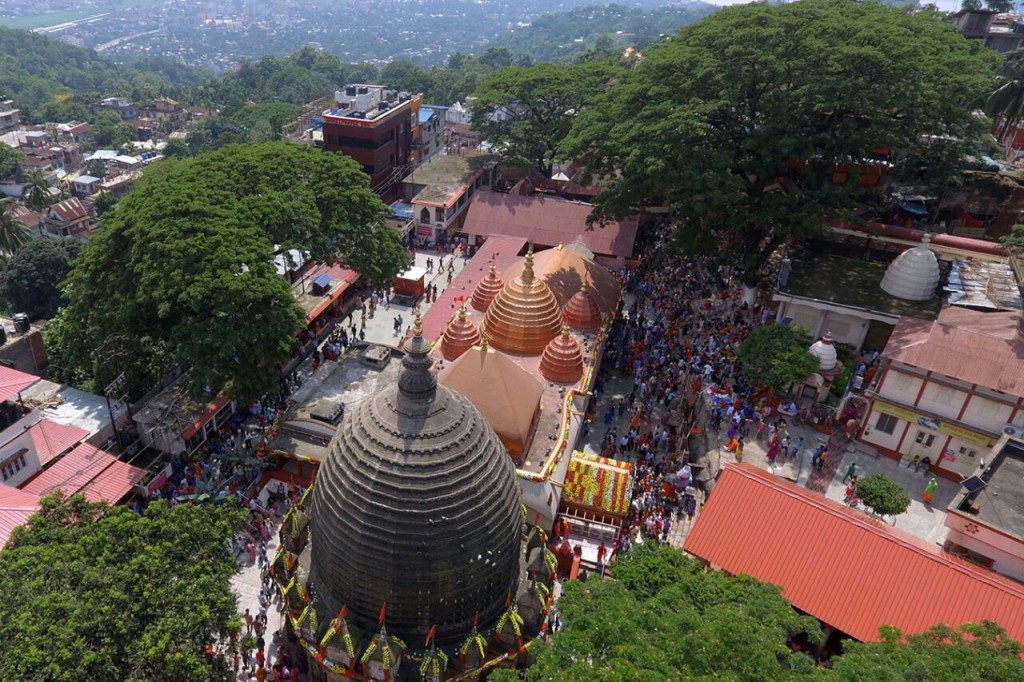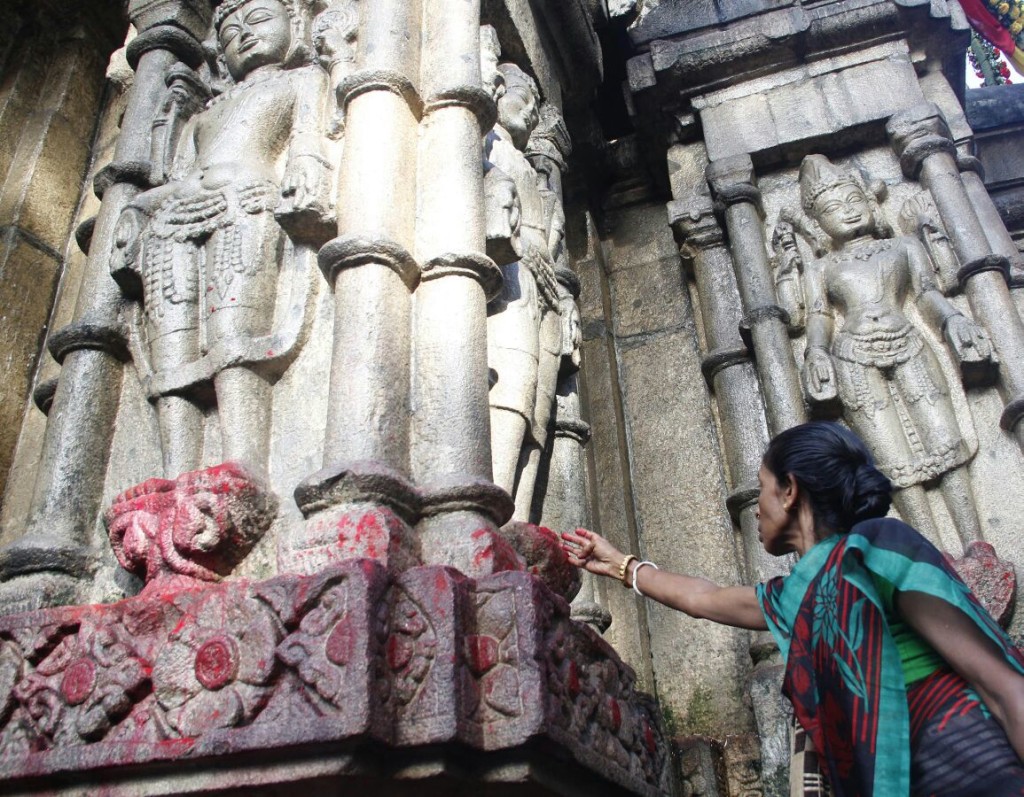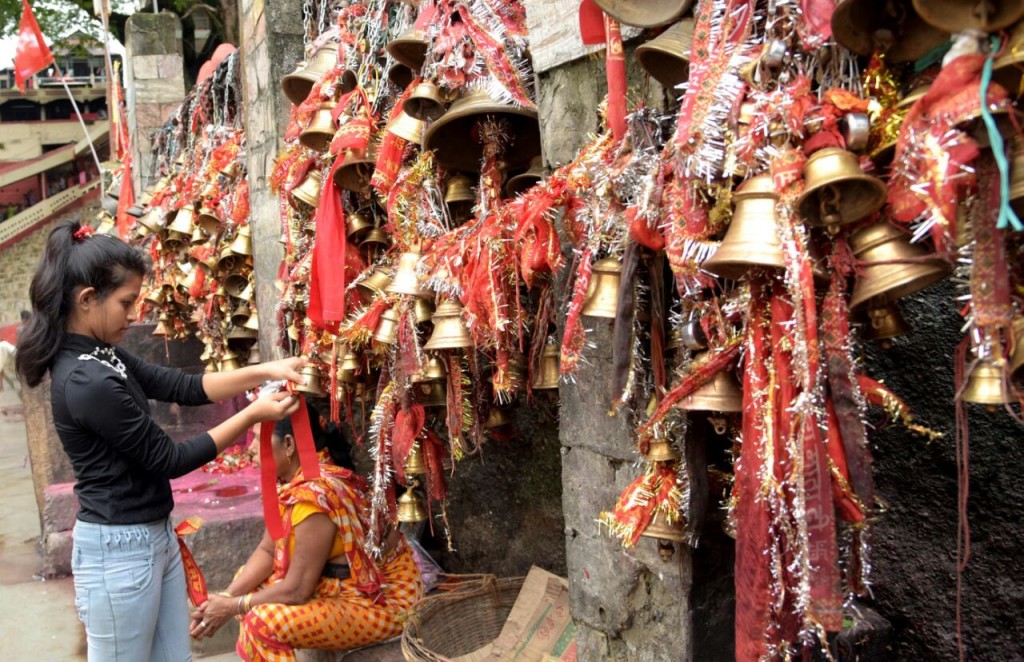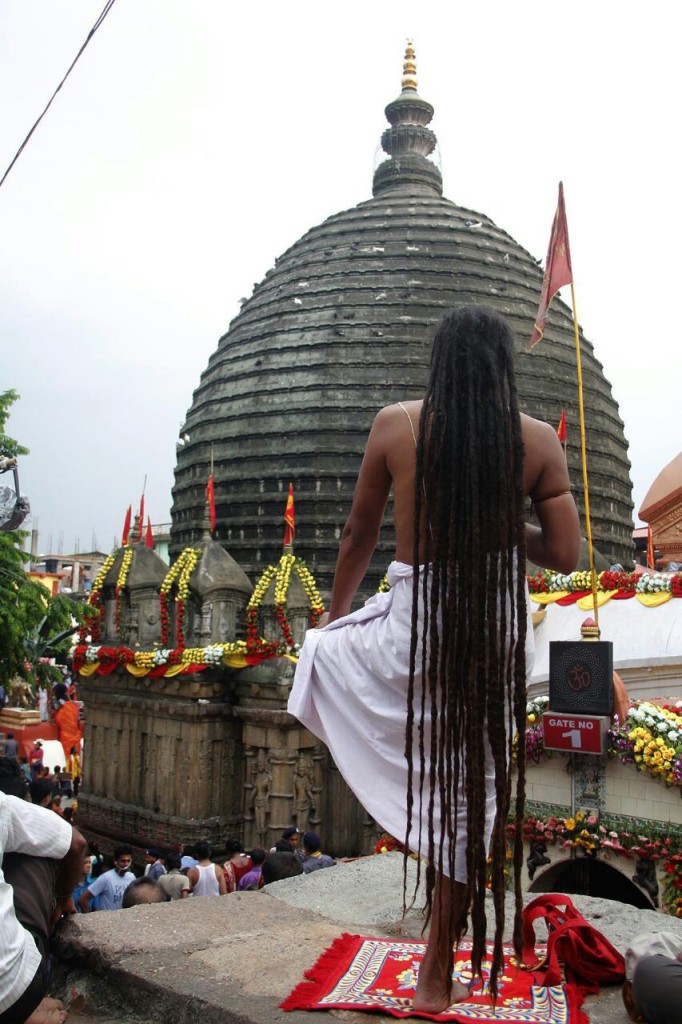The mangoes have arrived in full swing and so has the heat! Summer is here folks, and this month, like last month brings with it some more spectacular occasions to celebrate. From stunning local festivals like Assam’s Ambubachi Mela at the Kamakhya Temple to the nationally celebrated Eid-al-Fitr, to the internationally observed World Environment Day and International Yoga Day, this month brings forth a potpourri of reasons to rejoice. Sojourn with us as Travel & Deal explores the myriad festivals of June!
Sindhu Darshan Festival
River Sindhu (Indus): Shey Manla, Leh
1st-3rd June 2018
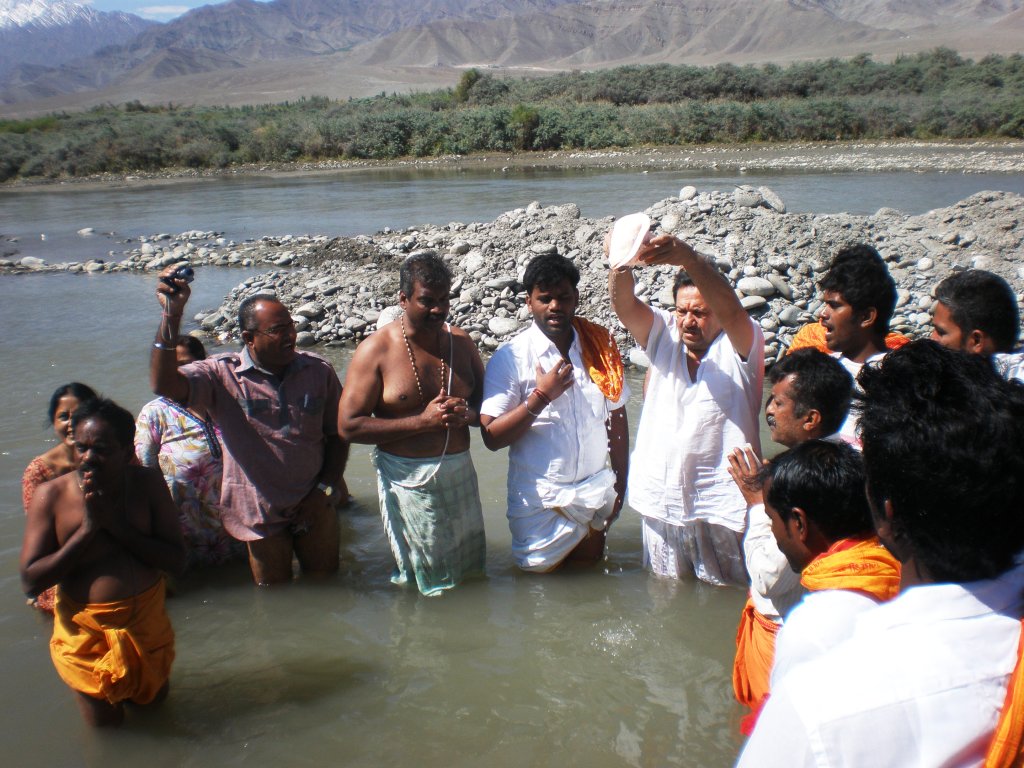
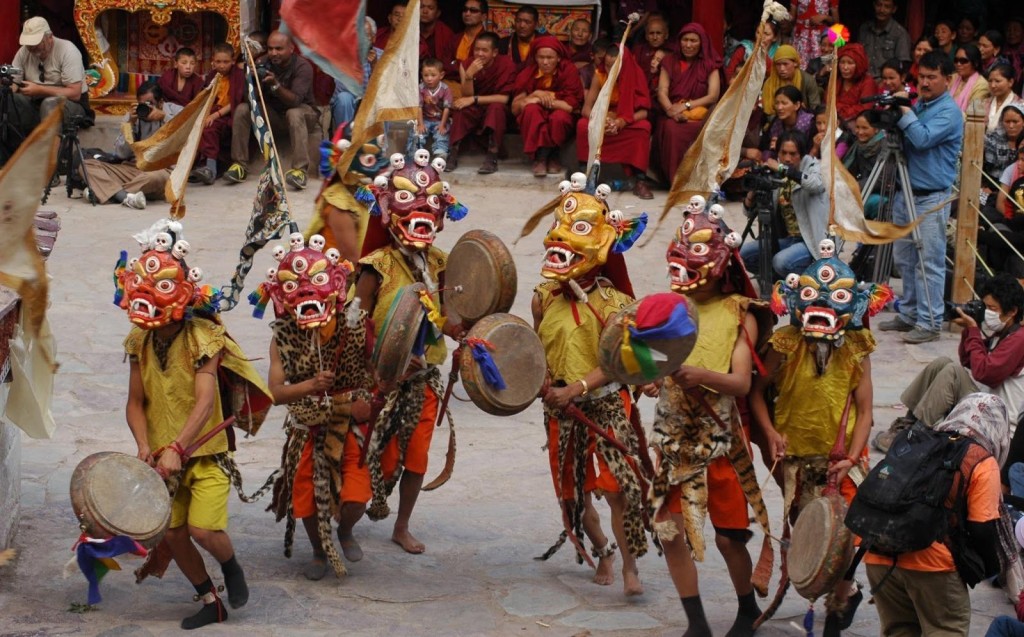
On the banks of the ancient Indus River in Shey Manla, the very colourful and culturally heterogeneous Sindhu Darshan festival is celebrated as an ode to the diverse tradition of India. The festival marks the beautiful blending cultural hues of our country, where earthen pots of water drawn from various rivers across India is immersed into the waters of Sindhu River. Participants are given a grand reception, followed by performances from the local folk troupes. In addition, local music and food create a spectacular ambience of cheer.
World Environment Day
Worldwide
5th June 2018

The World Environment Day holds greater significance this year as India will be playing host to the event. Traditionally, Indian philosophy and lifestyle have been rooted in the concept of co-existence with nature. With the “Beat Plastic Pollution” theme this year, the focus is essentially on governments, industry, communities, and individuals to come together and explore sustainable alternatives and urgently reduce the production and excessive use of single-use plastic polluting our oceans which are evidently damaging to our marine life and also pose danger for human health.
Eid-al-Fitr
All over India
15th June 2018
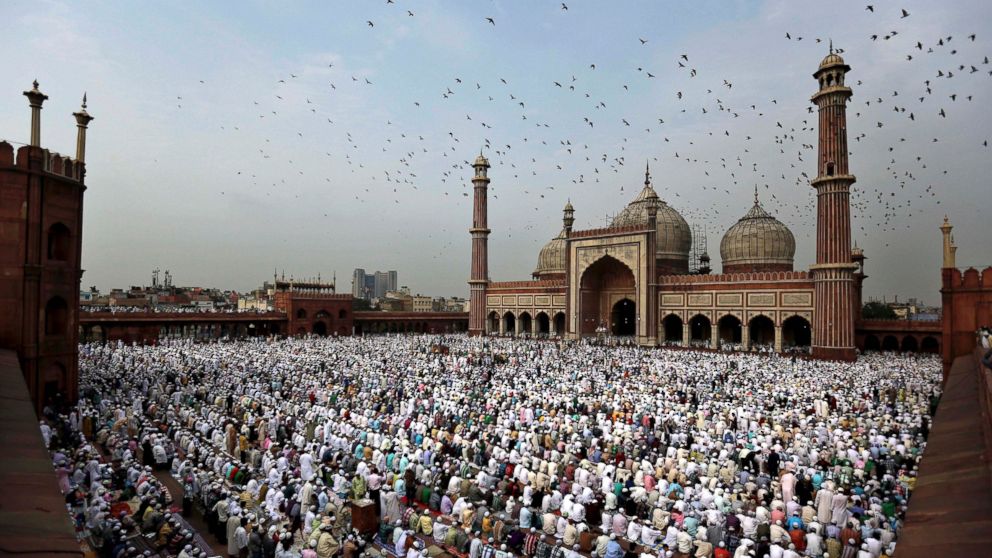
As the first day of the Islamic month of Shawwal, Eid-al-Fitr marks the end of Ramadan, a month of fasting and prayer. Many Muslims attend communal prayers and listen to a khutbaor sermon on the first day of the month of Shawwal. Festive meals are prepared elaborately and people wear new clothes, visit relatives and give presents or candy to children.
Saga Dawa
Gangtok, Sikkim
15th June 2018
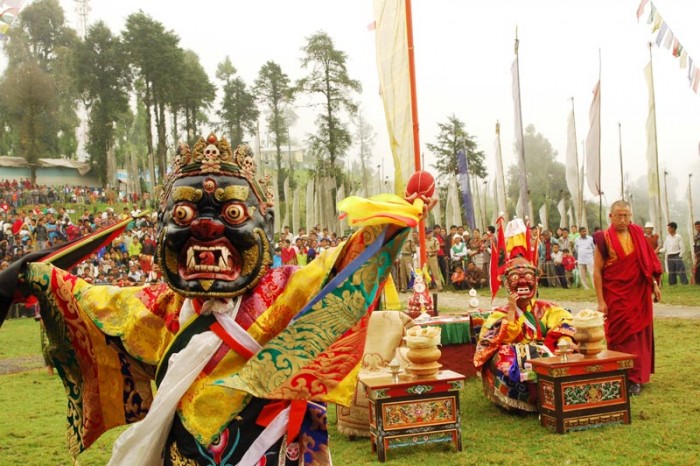
The silent, serene hills of Kanchenjunga sees a sudden eruption of colours in the month of June. Saga Dawa is considered the most important festival of the Mahayana Buddhists, and celebrates the three most significant events of Buddha’s life: His birth, death and enlightenment. The celebrations happen with enormous fanfare! Each ritual is performed with a strong essence of spirituality and understanding.
Maharana Pratap Jayanti
Primarily Rajasthan
16th June 2018
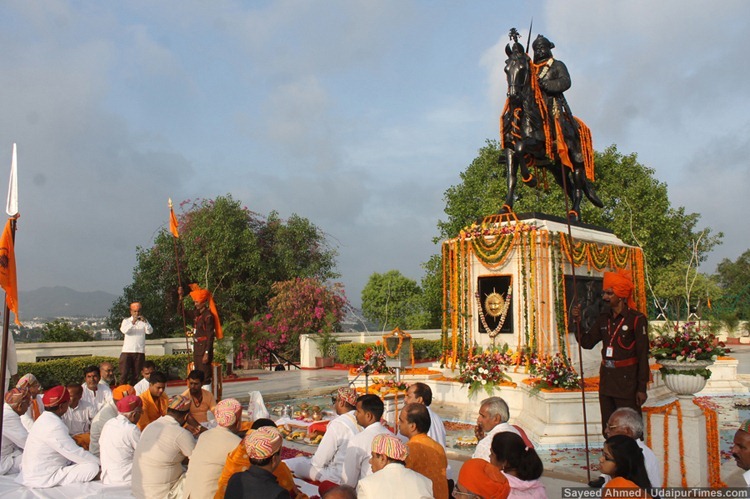
Born in the 16th century in Kumbhalgarh, Rajasthan to Maharana Udai Singh II and Rani Jaiwantabai, the legendary Maharana Pratap was a true patriot who initiated the first war of independence. In the famous battle of Haldighati against Mughal monarch Akbar, the Maharana along with his equally able Rajput comrades, fought back heroically irrespective of being heavily outnumbered. Maharana Pratap is respected throughout the country for being an epitome of valor, heroism, pride, patriotism and standing for the spirit of independence. His birth anniversary is celebrated on the 3rd day of Jyestha Shukla, when Special puja and processions are held in his remembrance.
International Yoga Day
Worldwide
21st June 2018
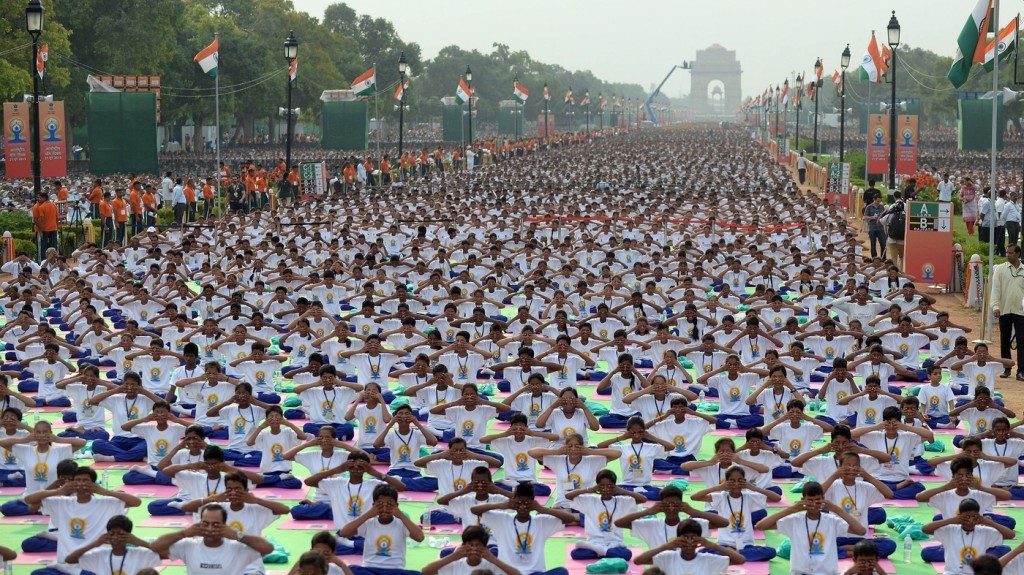
Centuries ago, a great Indian sage named Patanjali wrote the ‘Yoga Sutra’ – an exhaustive documentation on the art and science of yoga, where he recommended eight stages of yogic discipline.Years from then, yoga still subsists as a way of life for most Indians and people all over the world. Such has its significance grown in the last decade that a special day was launched to honor the phenomenon in 2015. Since then, the International Yoga Day acclaims the art of righteous living and the attainment of the physical, mental and spiritual wellness.
Ambubachi Mela
Kamakhya Temple, Guwahati (Assam)
22nd-25th June 2018
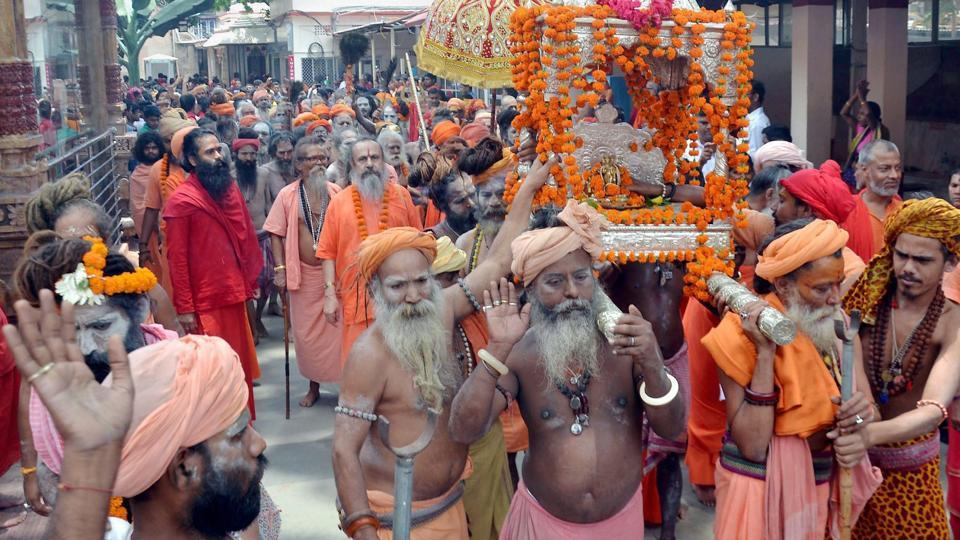
One of the most unique and popular festivals of India, the Ambubachi Mela attracts pilgrims from all over the country. This festival is distinctive in its own right, and stoutly confronts many of the usual temple customs. It is believed that during this time of the year, typically in the monsoons, Devi Kamakhya (a form of Goddess Shakti) goes through her annual menstrual cycle. Owing to legends, the Kamakhya temple is regarded as one of the Shakti Peethas, and this spot was where the yoni (vulva) part of the Goddess’ body fell. During the festival, the temple doors remain closed for three days. No idol of the deity is in display. Instead She is worshiped in form of a black yoni-like stone. All other daily worship, religious performances and farming procedures are suspended at that time. On the fourth day, the temple doors are opened, when the deity is believed to have attained fertility and She blesses the land with good crops. Shreds of red cloth is distributed among devotees as an offering by the God.
Sao Joao Feast
Across Goa, mainly Siolim
24th June 2018
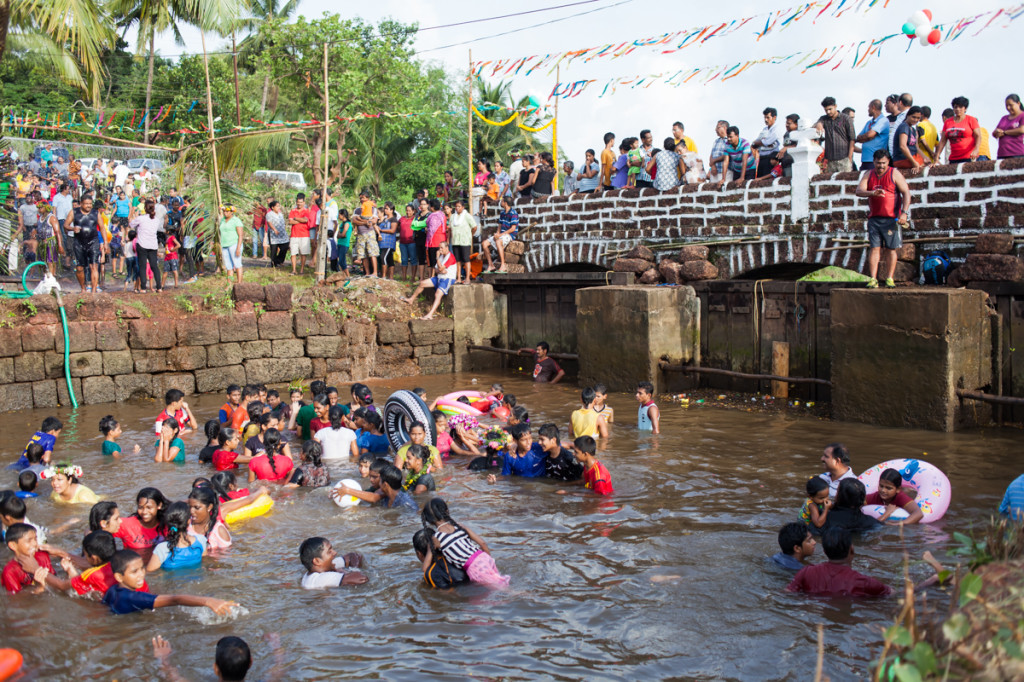
Abound with flowers, feni and lots of fun, Sao Joao is an exclusive fiesta made only for the newlyweds. The festival involves husbands wearing floral wreaths on their heads, getting drunk on feni (a locally procured alcoholic drink) and then jumping into wells to impress their wives. Too much fun! And if only the rains begin while the festival is still underway, which it often does, the entire level of merriment shoots up by scores.The feast is absolutely delightful, fresh and local; and the quirky Goan dance and music perfectly leitmotifs the event. Makes for some very memorable moments, to be savored for life by the participating young couples.
Hemis Festival
Ladakh and Jammu & Kashmir
26th-27th June 2018
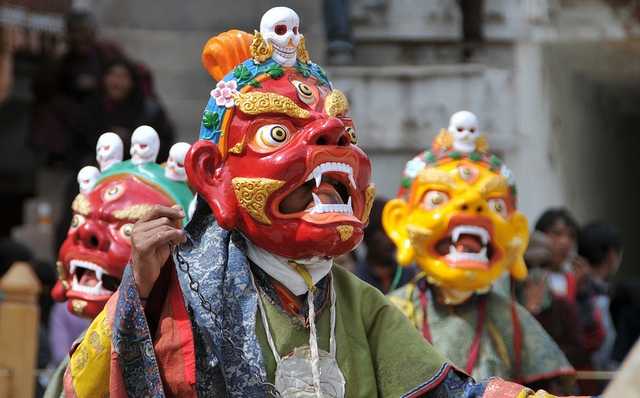
According to popular belief, the festival of Hemis is primarily a religious affair. However, there may be more layers of significance around this event if one thinks about it. The Hemis monastery, the largest Buddhist monastery in Ladakh, forms the pivot point of all festivities. The masked dances, also known as ‘Chham Dance’, illustrate triumph of good over bad, and are thus the highlights of this festival. Some sacred plays are also an important part of this festival, as are ‘Devil Dances’. ‘Chang’, a local liquor is served publicly. Also, Exhibition of striking handicrafts adds to the charm of the gala. The lamas from the local community pose as artistes and perform to local folk music. The head Lama or ‘Rinpoche’ is the presiding person of the event. As per traditions, these monks wear long gowns, elaborate masks and a headgear. Every mask holds a special significance associated with it. The extravagant dance rituals along with soulful music keeps spectators spellbound in bliss.
Kabirdas Jayanti
All over India
28th June 2018
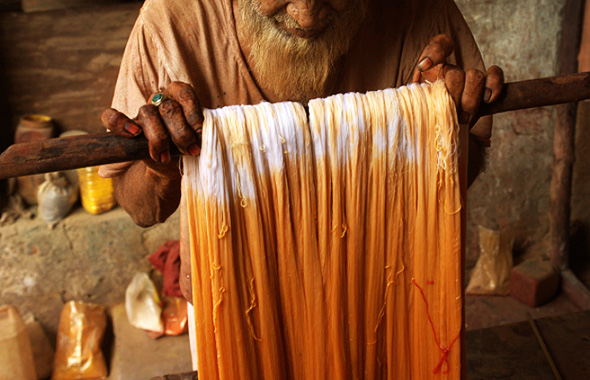
“All know that the drop merges into the ocean, but few know that the ocean merges into the drop.” – Sant Kabir
One of India’s highly celebrated and revered poet-saints, Kabir Das, was born in the 15th century in the holy city of Benaras, Uttar Pradesh. Till date, his birth remains a mystery and a thing of legends, where a definite consensus has still not been reached whether he was Hindu or Muslim. His esteemed works and poems describe the greatness and oneness of the Supreme Being. Kabir Jayanti commemorates the birth anniversary of such distinguished poet.It is celebrated on Purnima or full moon day, during the month of ‘Jyesta’ as per the traditional Hindu calendar. Poems of Sant Kabir Das are recited with great fervor among his followers. Various meetings and satsangs are held in different places. Religious sermons are held at Kabirchaura Math in Benaras where religious and spiritual leaders preach his teachings to the common man. In certain places a procession called the ‘Shobhayatra’ is taken out that culminates in the Kabir temple of that location.

